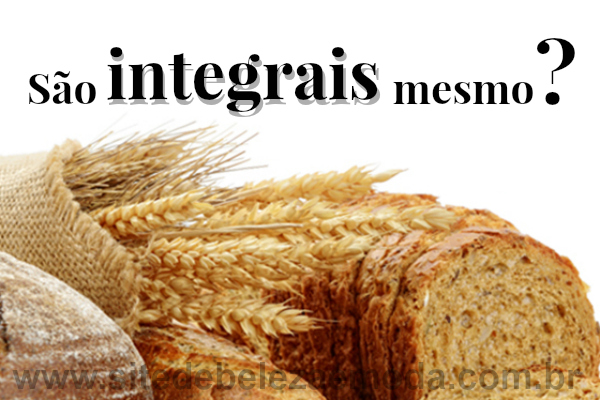There is no shortage of whole food options today, and not just whole grains, such as oats, sesame, flaxseed, rice, wheat…
There are also foods made from these grains, such as bread, pasta and cookies.
And it is increasingly easier to find, even on market shelves, as there is an increasing demand for whole-grain products instead of traditional ones, and this is due to the search for a healthier diet, which offers more vitamins, minerals and fiber.
But how do you know if these products are really whole?
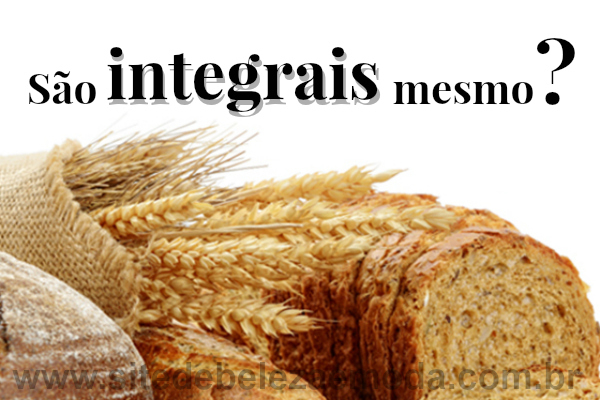
First of all, you need to know that it is not enough to say on the packaging that the food is whole food, this does not always mean that it is 100% whole food.
It is essential to know which ingredients are present on the labels when buying whole foods, as is the case with bread that advertises on the label that it is made from whole grains…
Ok, they may have been made with white wheat flour and the whole grains were only added to the dough, that is, these breads are not 100% whole grain, although they have whole grains in the dough.
More: Whole Foods: 3 Recipes to lose belly fat
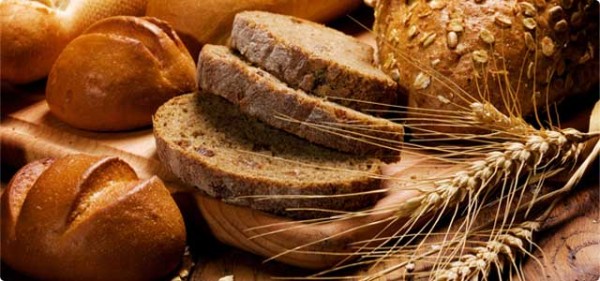
Unfortunately, ANVISA, which is the body responsible for this inspection, does not establish minimum values for a product to be considered complete. Therefore, a product may have been made entirely with white flour and only contain some whole grains on top, which could be considered whole grain, that is, the label will allow it to be considered whole grain.
See: Dietary re-education: lose weight by changing your habits
The label
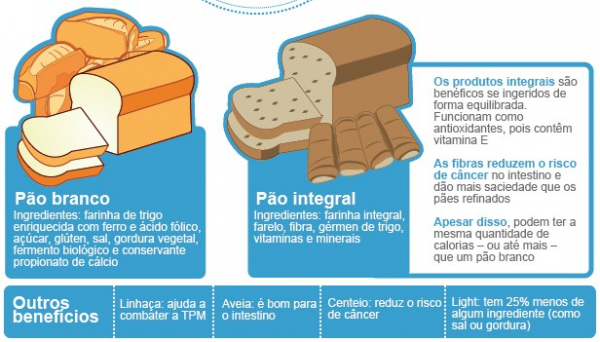
Therefore, it is necessary to read the ingredients of a particular product on its label, if it contains two types of flour, wholemeal and white, note which one comes first in the list of ingredients, as the ingredients that are listed first are present in greater quantity in the product, if wholemeal flour comes first, it is a sign that it comes in greater quantity, that is, the product is wholemeal.
See: 3-hour diet to help you lose weight in a healthy way
But when is a food really whole?
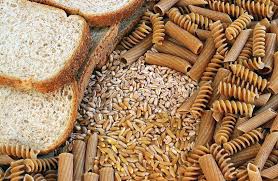
We can say that a grain is intact when it has not gone through some industrial processes that remove its fibrous shell, also having that film that surrounds it, maintaining the main anatomical components: endosperm, germ and shell (bran). On the other hand, when going through industrial processes, the skin and germ are removed, leaving only the endosperm for consumption, a part made up mainly of carbohydrates and proteins.
Therefore, whole food is one that has maintained all its characteristics and essential nutrients, just as it is harvested, that is, industrialization has not removed significant parts.
The whole food has not had its structure modified, it has not undergone any refining process, that is, its fibers are intact, with all its original components, such as shells and protective films.
For those who don’t know, whole food is considered the main source of fiber, which is why it is great for preventing diseases such as obesity, diabetes and intestinal problems.
More: Discover 7 myths about intuitive eating
Main functions of fibers:
(ninja-inline id=9469)
– Promote good intestinal functioning;
– Provide a feeling of satiety;
– Reduce cholesterol and blood glucose levels.
It is worth knowing that, in addition to fiber, whole foods are also rich in vitamins A, B vitamins and minerals, such as calcium, phosphorus and iron.
See: Lose 5 kg in 1 month with the Oat Diet

Sign up for our newsletter and stay up to date with exclusive news
that can transform your routine!
Warning: Undefined array key "title" in /home/storelat/public_html/wp-content/plugins/link-whisper-premium/templates/frontend/related-posts.php on line 12
Warning: Undefined array key "title_tag" in /home/storelat/public_html/wp-content/plugins/link-whisper-premium/templates/frontend/related-posts.php on line 13

